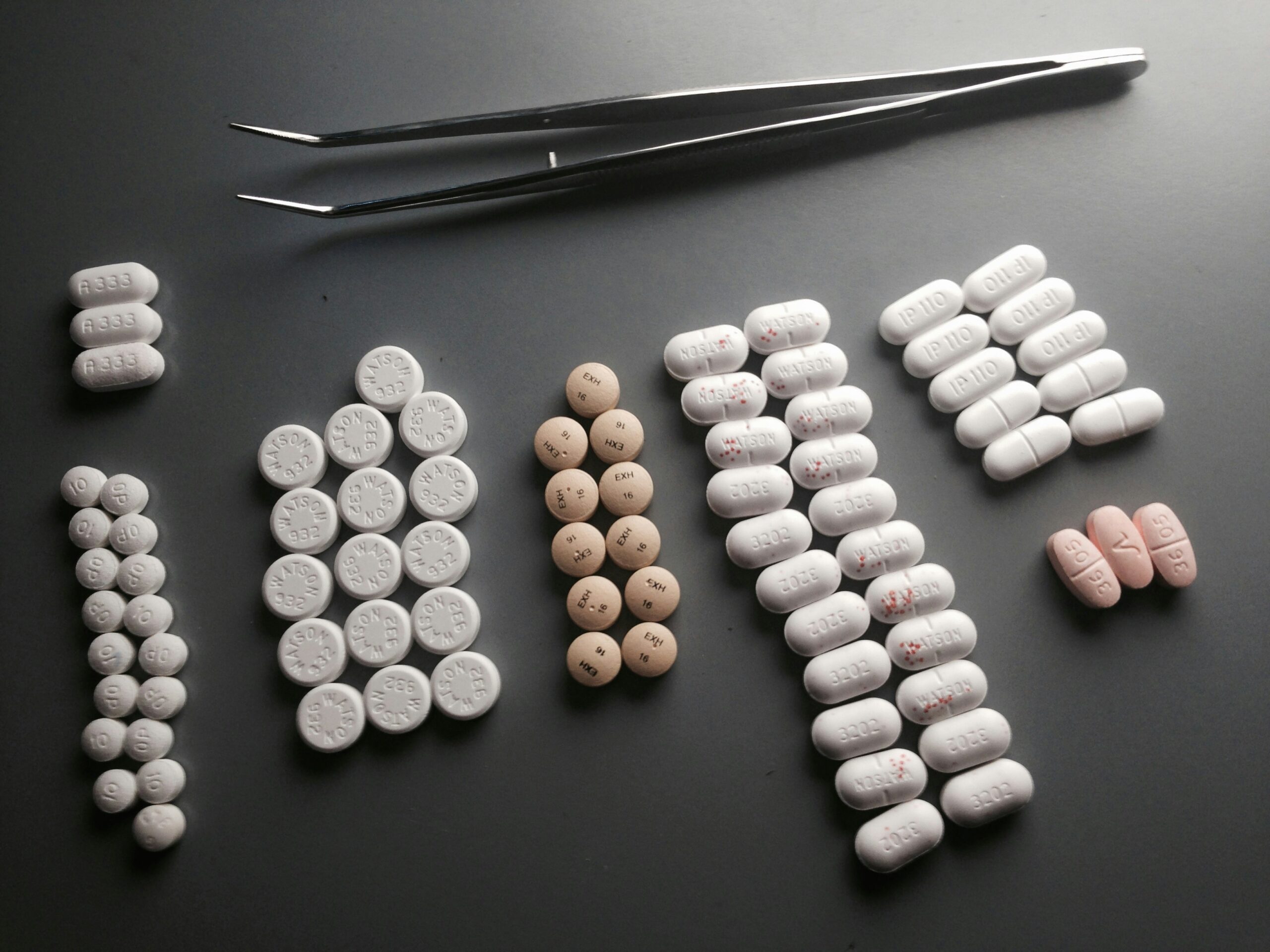THE NEW YORK TIMES
Belated Charge Ignites Furor Over AIDS Drug Trial
July 17th, 2005

Belated Charge Ignites Furor Over AIDS Drug Trial
July 17th, 2005
The Carnegie Institution established the Station for Experimental Evolution at Cold Spring Harbor, under the directorship of Charles Davenport, which became the foundation for the eugenics movement. Eugenics uses pseudo-scientific techniques and hypotheses to support racism. “Historians of race and American medicine have documented over two centuries of race-based scientific…
Collaborating health professionals assessed the ability of detainees to endure severe pain; they calibrated the level of pain caused by certain techniques; they assessed the effects of sleep deprivation; and they determined the advisability and effectiveness of using simultaneous combinations of torture techniques. Their professional judgment was used to escalate…
The Dulles brothers ascended to the pinnacle of power without ever being elected to office; they rose to power via Wall Street and the law firm of Sullivan & Cromwell. The Dulles brothers had a uniquely privileged upbringing, a long career advising the world’s richest corporations, and a profound religious…
Japan began to explore research on both biological and chemical weapons in the late 1920s. Even before he became emperor, Hirohito showed an interest in this line of research. In 1925, during his regency, Hirohito had a biological laboratory constructed within the Akasaka Palace, and in 1928, during the second…
Allen Dulles, a master propagandist demonstrated his adroit duplicity when he delivered a fear mongering speech about “brain warfare” at a national Princeton alumni conference. He described the “abhorrent” but effective vast Soviet experiment in “brain perversion techniques” when, in fact he launched a massive abhorrent CIA brainwashing manipulation project….
Child psychiatrist, Dr. Lauretta Bender, began her experimental electroshock “treatments” in children in 1942 at Bellevue Hospital. She experimented extensively on helpless children whom she “diagnosed” with “autistic schizophrenia.” Some of the children were as young as 3 years of age. She used multiple electroshock (ECT) “treatments” at Bellevue Hospital…